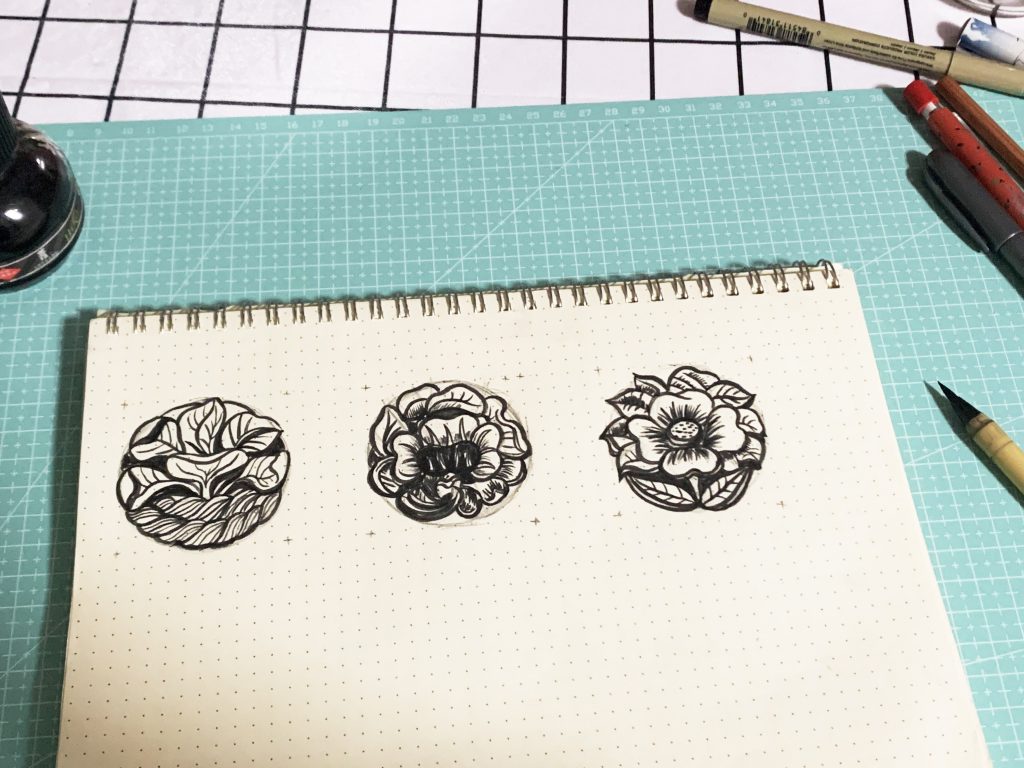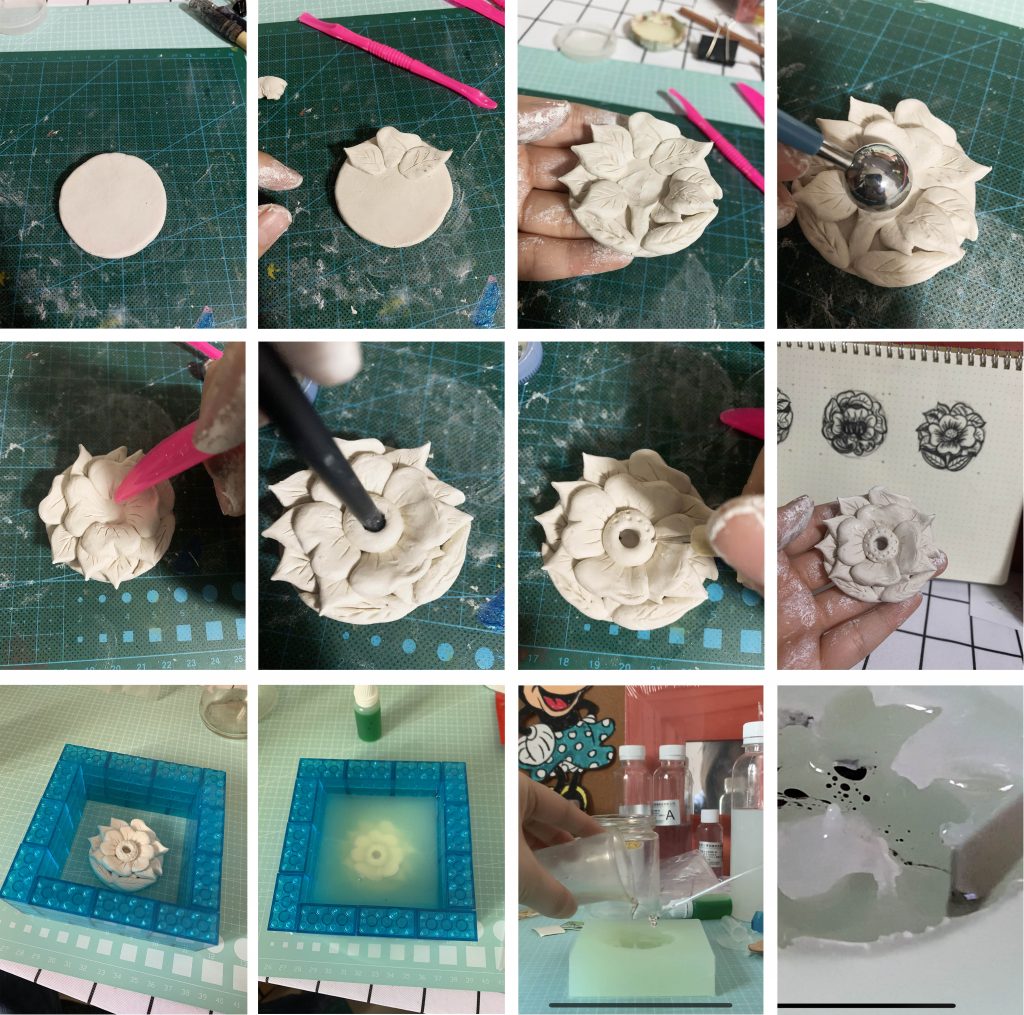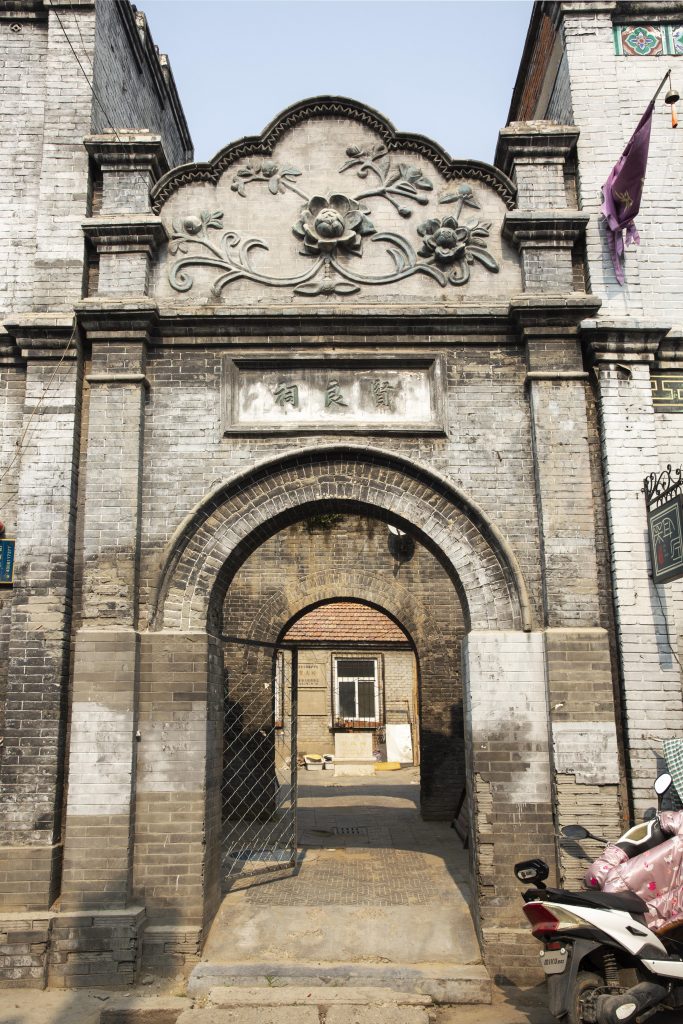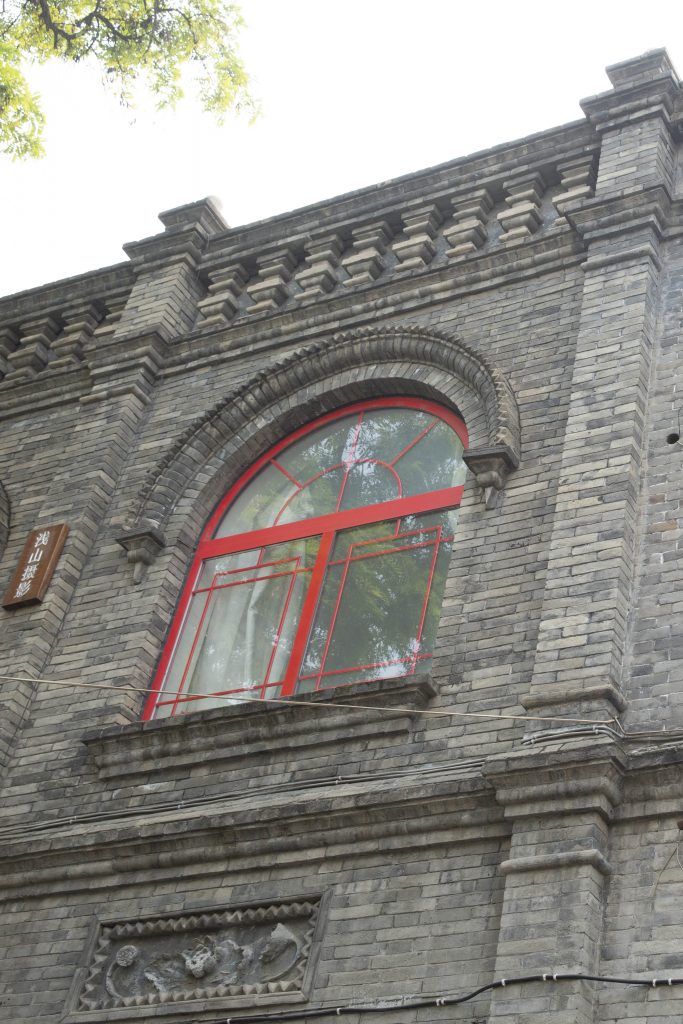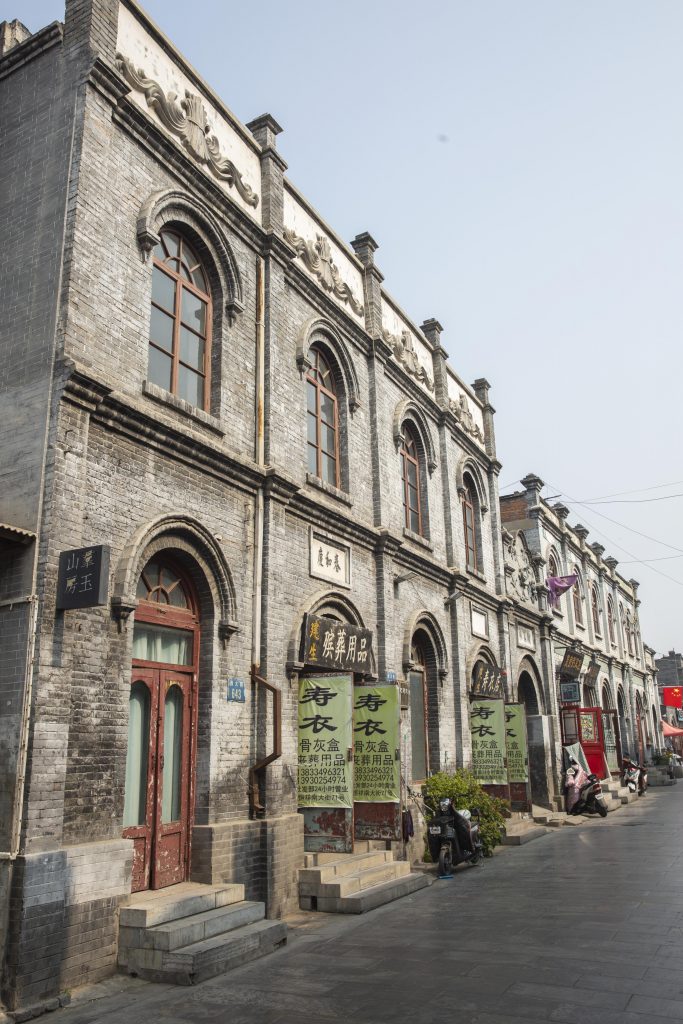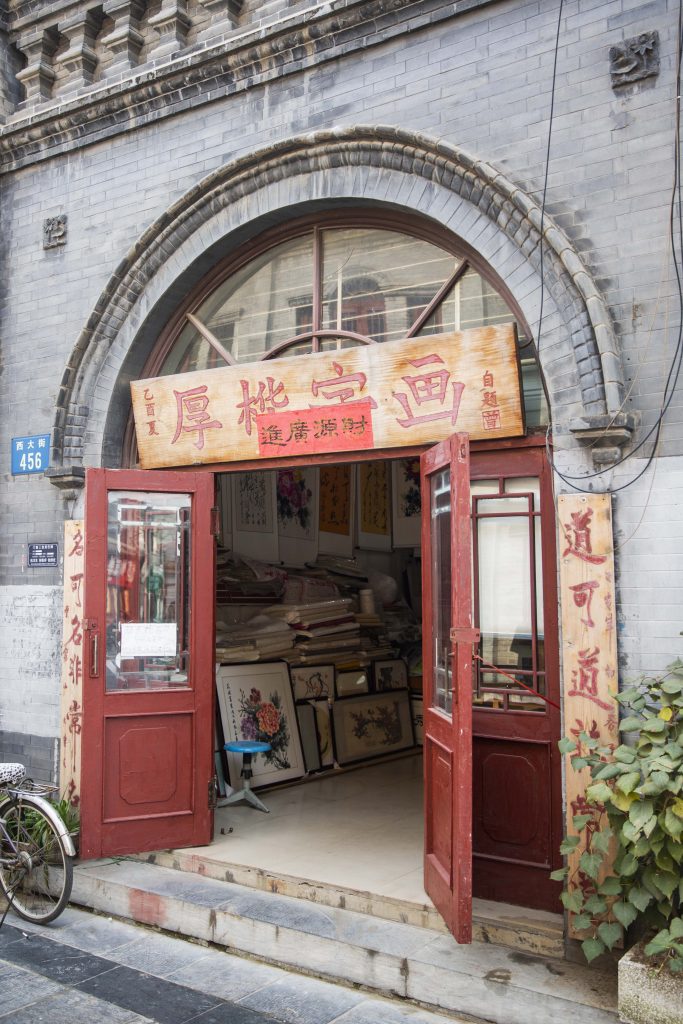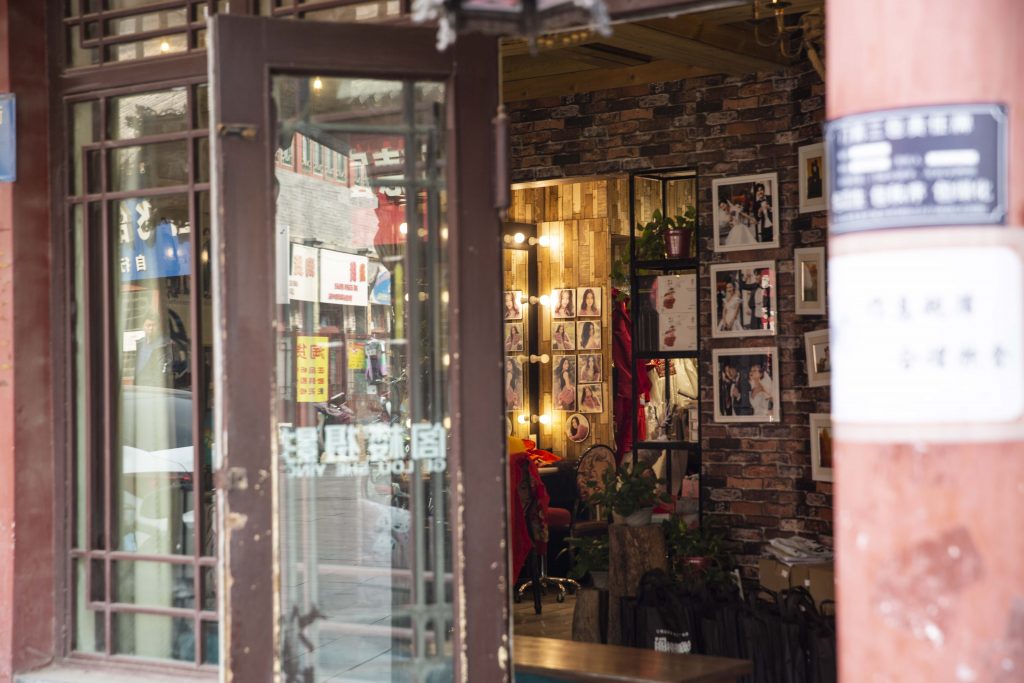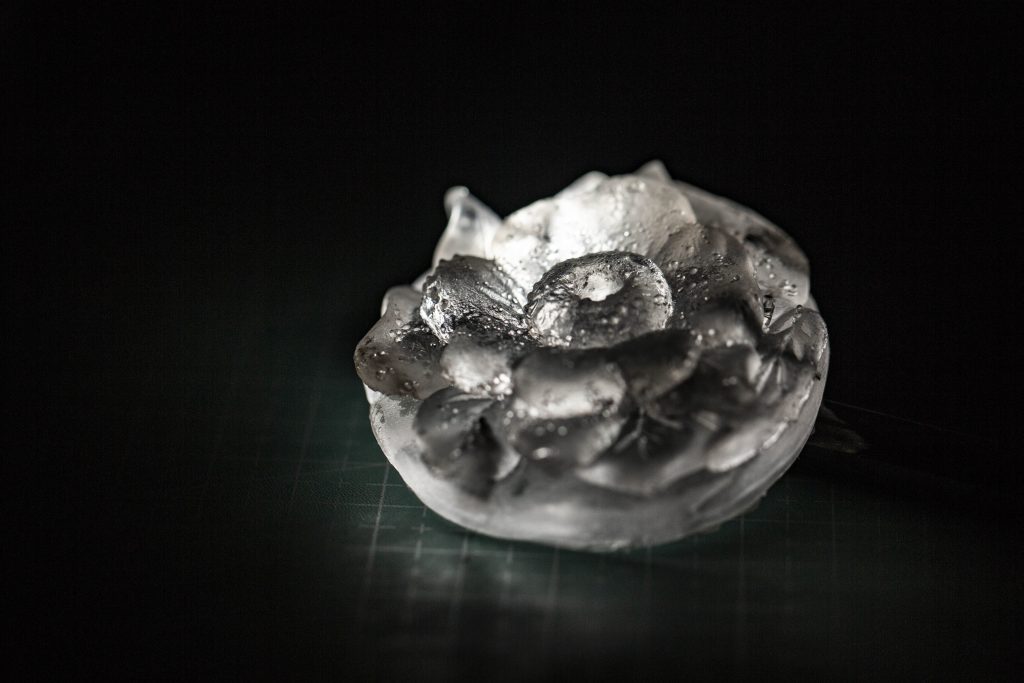Two “ages” on one building
I live in a city does not have any characteristic municipal construction, and there are also little traces of nature around the neighborhood where I live. Besides that, I am a person who is really fond of human landscape. If I go on a trip, I would like to choose the places that have human trace as my first choice rather than pure nature place.
So In this action, I decided to go to one of the oldest streets in my hometown when I saw the action’s title “step out and look wider”. As a person who is very much obsessed with architectures during the Republic of China (1921-1949), I think this would be a good opportunity to explore the historical architectures in my hometown.

The street is called Western Street. In my knowledge, this is an east-west street built at the late Qing dynasty and early Republic of China (1900-1949) which can be dated back to over a hundred years ago.
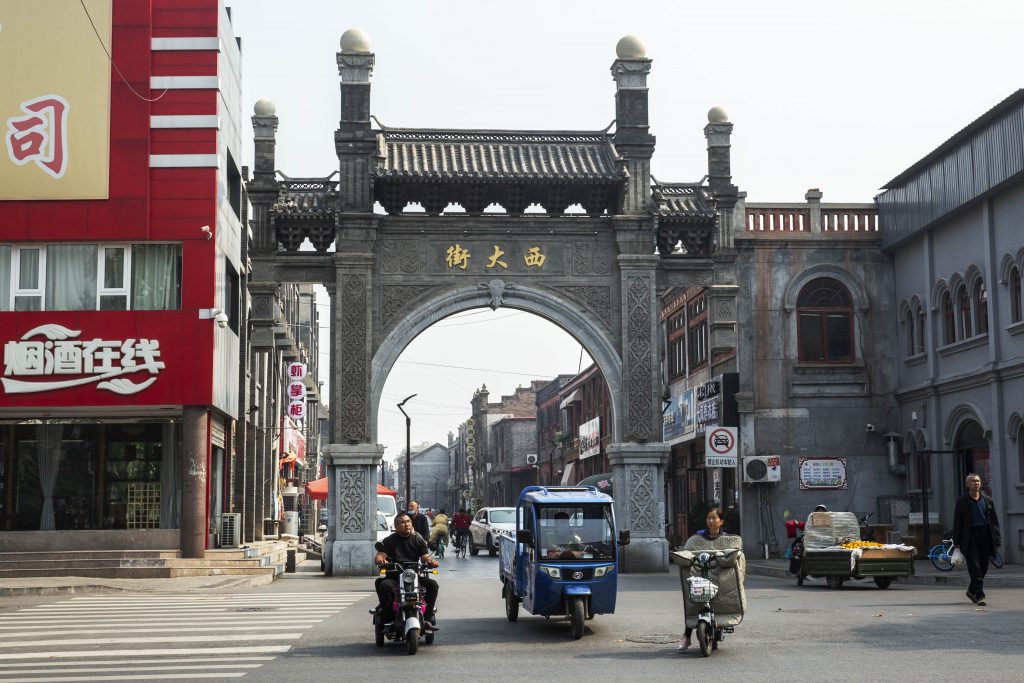
Built in the period when China was colonized by Western countries, the buildings on this street are the combination of the characteristics of both Chinese and Western architecture.

Good thing or bad thing?
In my view, the precious thing about historical buildings is that they are living museums. Compared with the bricks in the glass booth displayed in the museum, the building itself is much closer to people. Whether you browse the overall look of the architecture from a distance, place yourself inside of it, or touch the wall, you can experience the breathing of ancient sounds from brick by brick very Intimately.
I am very grateful that, in the rapid modernization of China today, there is still such a better-preserved street in the city where I live. But there is also a pity. Not only because there are some not-so-detailed or not exquisite renovations, but also because the historical buildings here are not better used as carriers of cultural heritage.
But there might be a good thing. Modernization has brought about a rapidly expanding tourism industry in China. Many ancient towns and old streets in China have been overwhelmed by commercialization and become homogeneous. The same chain stores were opened in the old streets that had their own unique styles in the very beginning in different parts of the country. The old street colonized by street food are gradually trampled by cooking lampblack and thousands of tourists.
As a street that has not been colonized by tourism, it might be considered a lucky thing for Western Street.
Two “ages” on one building
What is very interesting is that, when I was looking at the ivy on the wall of one building, a man like my father’s age came to me from the store next to the building. He directly took out his cellphone and said to me, like said to his neighbor he knew very well, “I will show you the ivy at my home”. In his video and photos, the ivy at the garden shed at his home have already turn to bloody red from green. “Because the ivy here is very next to lively human world”, he pointed to the ivy at the wall in front of us, “So it turns red very slowly”.
I felt very glad to meet the man because I also got some interesting information from our random chatting around the architectures. He said most of the buildings on western street had been restored except this one↓. (the following information I got from that man)
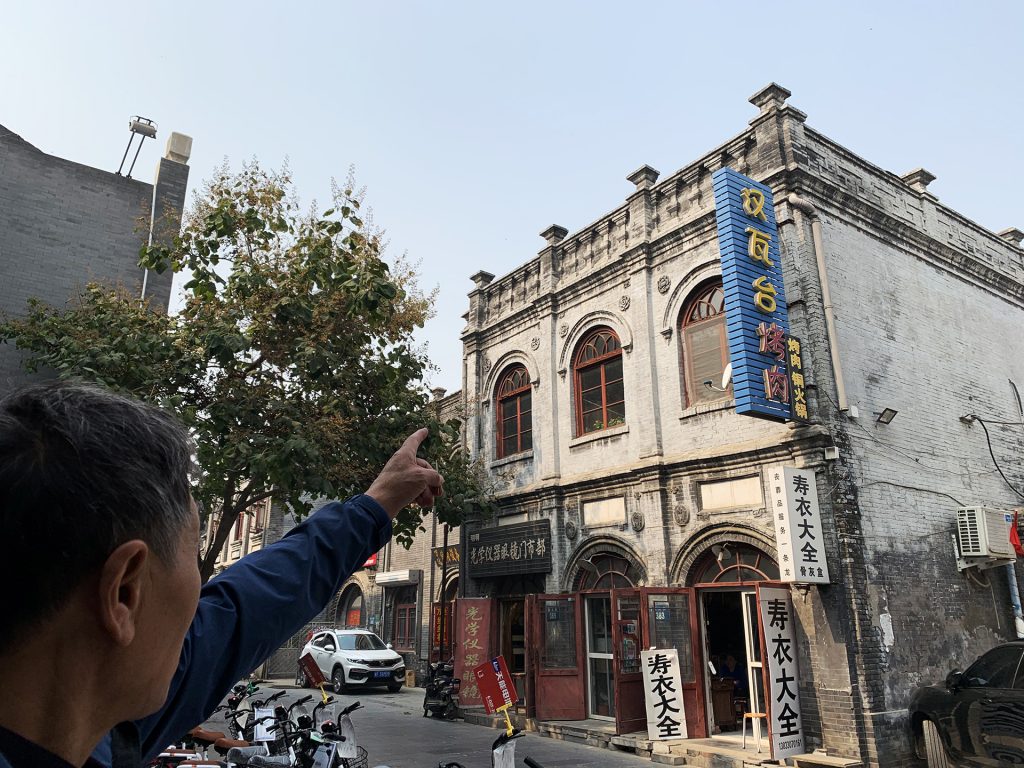

There are two ages on this two-story building.
In the beginning, I thought the first story would be older than the second story because of the black smoked wall and the uneven bricks. However, the man said to me that the second story is the oldest one and it is original. And the first floor is younger and had been restored. (It could be rebuilt years ago like twenty years and are not distressed, but they are not original.) The wall of first floor is black and smoked because for years it soaked the water on the ground after raining.
And one of the most important point to tell the age of the building is the brick carving decoration on the wall. The original brick decoration which could be dated hundreds of years ago are very exquisite and elegant. However, it is easy to see the rebuilt decorations are rough and perfunctory.
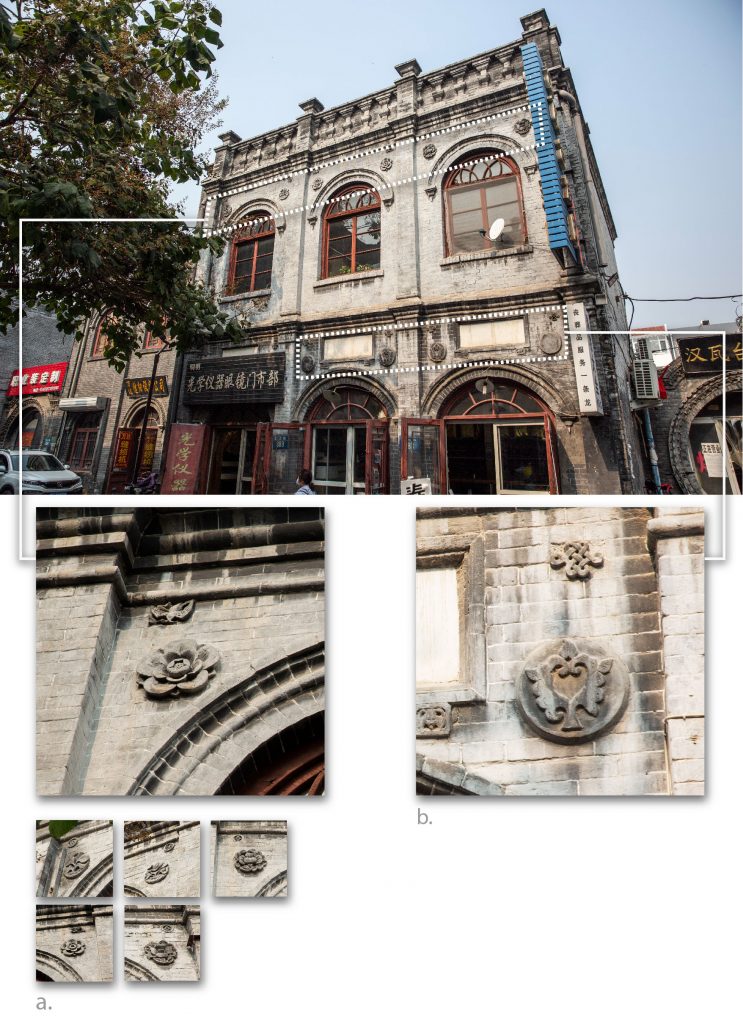
b. Decorations on the wall of first floor are same and just have one layer of carving. And they are no Practicality. This floor is restored.
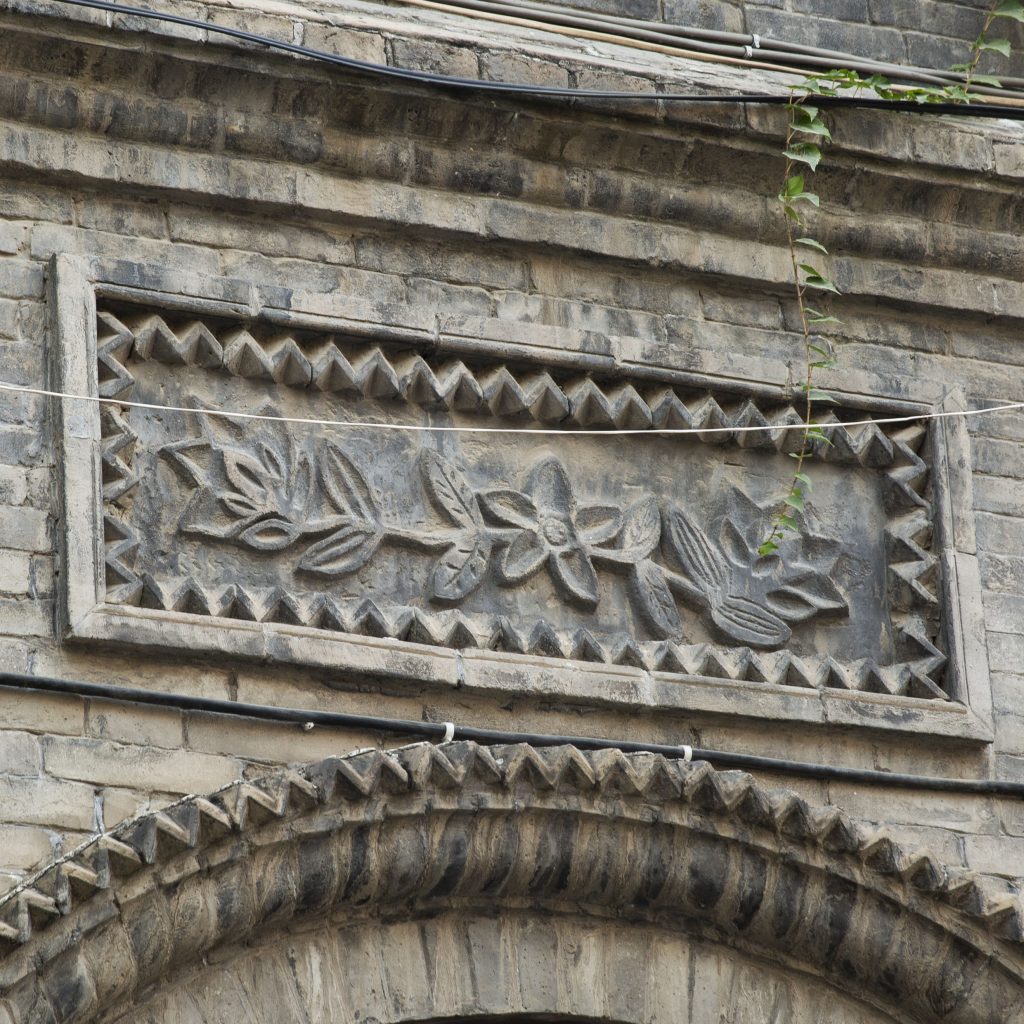
Antique is not only a cultural symbol
However, the current situation is that there are not many exquisite antique buildings in China, or for the restoration, utilization and development of many ancient buildings, it is almost impossible to repair the old buildings as they were, or the ancient buildings are not well and reasonably utilized.
In a developing country, economic development is mostly placed before cultural development. The precious craftsmanship handed down in ancient times and a large amount of funds which are used to repair and develop the national-treasure-level buildings located in “important” cities. Ancient buildings in “relatively unimportant” cities are often ignored. And most people don’t even care about the details and meaning of the ancient buildings and their function.
Action
Actually I am really fond of the flower bricks on the wall, so I decided to make something using that shape.
